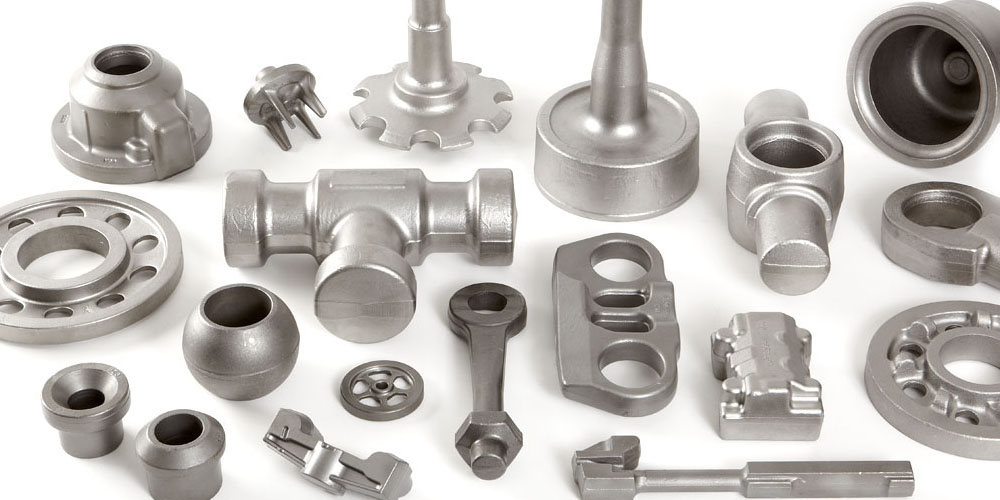Aluminum alloys can be forged into different shapes. They can also be developed into a broad range of forging types, using a final part of forming criteria based on the applications intended for use. Aluminum alloys forgings are produced to highly redefined forging configurations compared to the hot forging of carbon and alloy steel.
Factors affecting aluminum forging processes
These factors reflect the differences in aluminum’s oxidation behavior during forging. For a particular aluminum alloy forging process, pressure demands vary widely. This depends on the composition of the metallic alloy that is being forged. It also depends on the forging being employed and the strain rate involved in the whole process.
Features and processes of cold aluminum forging
Aluminum cold forging is primarily produced on a broad range of forging equipment. The deformation and strain rate meted into the deforming metal can vary. These usually range from fast hammers to pressers and screws. Consequently, the deformation rate is a critical process element that has to be controlled for the perfect strain rate to be achieved.
Various forging methods can produce aluminum alloys. Some of the best practices include open-die, closed-die, roll forging, and orbital forging. The selection of an optimal forging method for a specific shape is often based on the required shape of metal and the forging cost.
Types of forgings used in aluminum cold forging processes
In several instances, two forging methods can get combined to achieve the desired results. A wrought structure can also get achieved. For instance, open die forging can precede closed-die forging to prework the metal. This is especially true when there is a casting based on forging stock is employed. A conservative input metal should be used to pre-shape the metal for it to conform to the closed dies.
Aluminum alloy forgings are usually produced on a full spectrum of forging equipment. Gravity and power-drop hammers can get used for open-die and closed-die forging in the aluminum sector. Hammers will deform the metal via high deformation speeds. For that reason, the control of the total length of stroke coupled with the blow’s speed is useful in the forging of aluminum.
Using drop hammers for cold aluminum forging
Most experts use power-drop hammers to manufacture die forgings, especially in an applied draft and highly tolerated. The hammers are used as a preliminary subsequent operational for forging via other additional processes. For some products, a propeller can get used.
When it comes to closed-die forging in aluminum alloys, the selection of die materials and manufacturing processes are essential elements in the general aluminum forging processes. This is because the die is a significant element comprising of the final costs associated with the forgings. They are also controlled mainly by design coupled with the dimensional integrity of finished forging.
Final Thoughts
Typically, aluminum cold forging designs are made by a four-digit system of numbers. This is usually an industry standard specifically for alloys that have wrought. The numbers are assigned. However, they do not come with quantitative significance.

